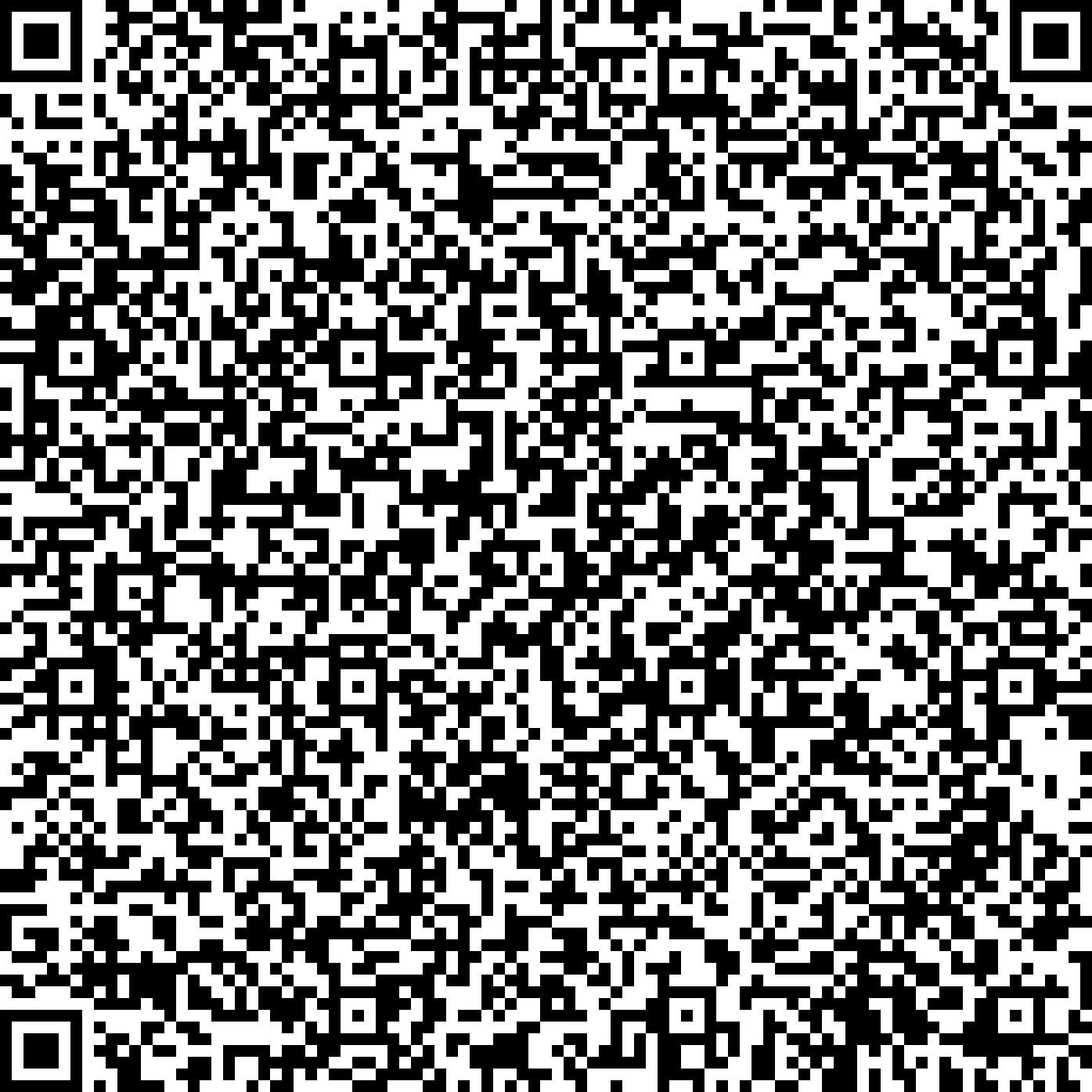

The so called chirality is defined as the lack of mirror symmetry in the atomic arrangement of materials, typically meaningful only in three-dimensional space. However, even though two-dimensional (2D) materials are extremely thin, they can still exhibit chirality, leading to significant asymmetric optical, electrical, and magnetic properties. I have summarized recent methods for generating structural chirality in 2D materials. As one of the recently discovered significant applications of chiral structures, chirality-induced spin selectivity, wherein chiral materials serve as spin filters for electron transport, demonstrates its specific potential in electronics/spintronics. By identifying the fundamental connection between the chirality symmetry in molecules and materials and the spin of electrons, CISS holds promise for profoundly impacting chiral drug molecule recognition and even disease detection in the near future.
Chenchen Wang is postdoctoral researcher at the Chair of Materials Science and Nanotechnology, TU Dresden, since 1st, April 2023. He received his Ph.D. degree under the supervision of Prof. Yong Yan from the National Center for Nanoscience and Technology, University of the Chinese Academy of Sciences in June 2022. His research interest includes the synthesis of 2D chiral materials, chiral-induced spin selectivity, and manipulation of chiral materials and their further applications (sensing, electronics, and luminescence). Before joining TU Dresden, his research work mainly focused on the synthesis of chiral supramolecular polymers and their application in organic spintronics, sensing, and photoluminescence. In the Cuniberti group, Chenchen can profit from both devices and sensing competence as well as modeling of the CISS phenomenon.


The so called chirality is defined as the lack of mirror symmetry in the atomic arrangement of materials, typically meaningful only in three-dimensional space. However, even though two-dimensional (2D) materials are extremely thin, they can still exhibit chirality, leading to significant asymmetric optical, electrical, and magnetic properties. I have summarized recent methods for generating structural chirality in 2D materials. As one of the recently discovered significant applications of chiral structures, chirality-induced spin selectivity, wherein chiral materials serve as spin filters for electron transport, demonstrates its specific potential in electronics/spintronics. By identifying the fundamental connection between the chirality symmetry in molecules and materials and the spin of electrons, CISS holds promise for profoundly impacting chiral drug molecule recognition and even disease detection in the near future.
Chenchen Wang is postdoctoral researcher at the Chair of Materials Science and Nanotechnology, TU Dresden, since 1st, April 2023. He received his Ph.D. degree under the supervision of Prof. Yong Yan from the National Center for Nanoscience and Technology, University of the Chinese Academy of Sciences in June 2022. His research interest includes the synthesis of 2D chiral materials, chiral-induced spin selectivity, and manipulation of chiral materials and their further applications (sensing, electronics, and luminescence). Before joining TU Dresden, his research work mainly focused on the synthesis of chiral supramolecular polymers and their application in organic spintronics, sensing, and photoluminescence. In the Cuniberti group, Chenchen can profit from both devices and sensing competence as well as modeling of the CISS phenomenon.